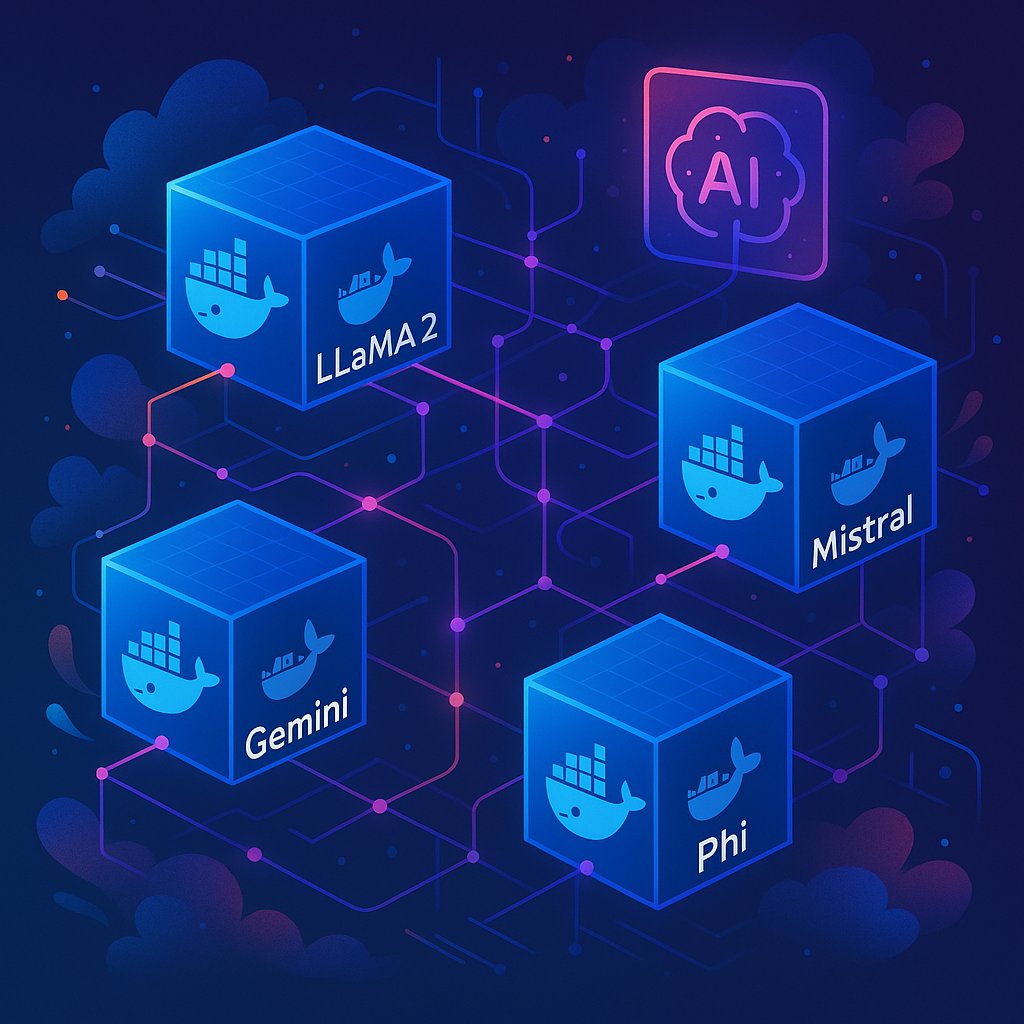Introduction to Go Application Security
As Go (or Golang) continues to gain popularity for developing high-performance and scalable applications, the importance of security in the development lifecycle cannot be overstated. Securing Go applications means embracing a proactive security posture to protect sensitive data, maintain user trust, and ensure overall software integrity. In this comprehensive guide, we will explore essential security best practices engraved in various key areas such as input validation, secure authentication, safe dependency management, effective error handling, and the use of specialized Go security tools. With the rise of vulnerabilities and sophisticated cyber attacks, developers need to adopt a security-first mindset from the very inception of the development process.
Understanding Common Security Threats in Go
Before diving into remediation techniques, it’s crucial to understand the types of security threats that commonly target Go applications:
- Injection Attacks: SQL injection and command injection can occur when input is directly used in executing database commands or system-level functions without proper sanitization.
- Cross-Site Scripting (XSS): When web applications fail to properly sanitize user input, attackers can inject malicious scripts that are executed in other users’ browsers.
- Insecure Authentication: Weak password storage or inadequate verification methods can lead to unauthorized access and data breaches.
- Vulnerable Dependencies: Go projects often incorporate third-party libraries, some of which might have undisclosed vulnerabilities that can compromise the entire application.
- Information Leakage: Detailed error messages can inadvertently expose sensitive backend details if not handled properly.
Understanding these threats allows developers to implement countermeasures early in the development lifecycle. Research sources, such as those from Medium and Medium – OWASP Golang Security Best Practices, provide further insights into these common issues.
Input Validation: Protecting Against Injection Attacks
One of the fundamental practices in securing any application is ensuring that all user inputs are properly validated and sanitized. This strategy is essential to defend against injection attacks, including SQL injection and cross-site scripting (XSS).
For instance, when interacting with databases, using parameterized queries not only streamlines database interactions but also significantly reduces the risk of SQL injection. Consider the following Go snippet:
stmt, err := db.Prepare("SELECT * FROM users WHERE username = ?")
rows, err := stmt.Query(userInput.Username)This snippet, highlighted in the research at Medium, emphasizes the use of parameterized queries to mitigate risks.
Moreover, employing libraries such as validator helps enforce robust input validation rules:
import "github.com/go-playground/validator/v10"
func validateUserInput(userInput UserInput) error {
validate := validator.New()
return validate.Struct(userInput)
}These practices ensure that malicious inputs are caught before they can trigger harm.
Implementing Secure Authentication and Authorization
A robust authentication and authorization framework forms the backbone of any secure application. Relying solely on passwords is no longer acceptable considering the evolving threat landscape. Modern Go applications fortify security through methods such as sensitive password handling and multi-factor authentication (MFA).
Take password storage for example. Instead of storing passwords in plaintext, developers are encouraged to use hashing algorithms such as bcrypt:
hashedPassword, err := bcrypt.GenerateFromPassword([]byte(userInput.Password), bcrypt.DefaultCost)This approach, recommended by research from Medium, ensures that even if an attacker gains access to the database, the critical password data remains protected.
Furthermore, implementing MFA can provide an extra layer of security, forcing users to complete additional verification processes before access is granted. This not only secures the application from unauthorized access but also plays an essential role in building trust with your user base (Rabson on Medium).
Managing Dependencies Safely in Go Projects
Third-party libraries and dependencies can greatly enhance productivity; however, they also introduce a vector for vulnerabilities if not managed properly. Go’s module system simplifies dependency management, but developers must remain vigilant about potential vulnerabilities in these external packages.
Regularly updating dependencies is a critical practice. A simple command such as:
go get -u ./...ensures that your dependencies are current and include the latest security patches. Additionally, tools like govulncheck perform vulnerability scans against your dependencies to highlight any known issues (ByteGoblin.io).
Proper Error Handling to Prevent Information Leakage
Error handling is a double-edged sword. While it is crucial for diagnosing issues, detailed error messages exposed to end users can leak critical information about your application’s internals, opening the door to exploitation by potential attackers.
Effective error handling strategies involve providing generic error messages to the user, while logging detailed error information internally. For example:
if err != nil {
log.Printf("Error processing request: %v", err)
http.Error(w, "Internal Server Error", http.StatusInternalServerError)
return
}This practice is highlighted in the research from ByteGoblin.io and helps in preventing inadvertent information disclosure. Furthermore, secure logging practices must ensure that sensitive data is not recorded or exposed in logs that could be accessed by unauthorized personnel (GitHub – Security Guide for Developers).
Utilizing Go-Specific Security Tools
The Go ecosystem offers an array of tools designed to assist developers in identifying and mitigating security risks throughout the development process. Static code analysis tools such as gosec inspect source code for common security issues and can be integrated into continuous integration pipelines.
To use gosec, simply install it and run it against your codebase:
go get github.com/securego/gosec/v2
gosec ./...Another critical tool is govulncheck, which scans your dependencies for known vulnerabilities (Rabson on Medium). Leveraging these tools complements manual code reviews and enforces a robust security posture.
Best Practices for Secure Data Storage and Transmission
Securing data does not stop at application logic; how data is stored and transmitted is equally significant. Sensitive information, whether stored locally or transmitted over networks, should be encrypted using robust algorithms.
For data at rest, consider the use of encryption libraries that help secure database entries or files. When transmitting data over the network, ensure secure protocols such as HTTPS or TLS are used to prevent man-in-the-middle attacks. Adopting such standards protects both the data integrity and the privacy of users.
How to Conduct Security Audits and Code Reviews
Regular security audits and thorough code reviews are fundamental in identifying and remediating vulnerabilities early in the development lifecycle. Incorporating automated tools such as gosec and govulncheck into your build process can drastically reduce the window of opportunity for attackers.
Manual code reviews by security experts further ensure that even subtle vulnerabilities are caught. A security audit not only assesses the application but also evaluates the development processes and third-party dependencies. This holistic approach builds a more resilient and secure application environment.
Wrapping Up: Creating a Security-First Development Culture
The final and arguably most critical step in securing your Go applications is establishing a security-first culture within your development team. This means:
- Integrating security practices from the early stages of development.
- Keeping abreast of emerging vulnerabilities and promptly updating your knowledge and tools.
- Encouraging collaborative code reviews and regular security training sessions.
By embracing these values, you not only protect your software but also empower your team to build resilient and secure systems. A strong security culture also fosters continuous learning and adaptation—a critical asset in today’s rapidly evolving threat landscape.
Frequently Asked Questions (FAQ)
Q1: Why is input validation so important in Go applications?
A: Input validation prevents malicious data from being processed by your application, thereby mitigating risks such as SQL injection and XSS. Ensuring that only sanitized and validated data is processed greatly reduces the attack surface for your application.
Q2: How can I manage dependency vulnerabilities in my Go project?
A: Regularly update your dependencies using tools provided by Go’s module system and integrate vulnerability scanning tools like govulncheck. This proactive approach helps you identify and patch vulnerabilities promptly.
Q3: What are some best practices to handle errors without exposing sensitive information?
A: Always provide generic error messages to end users while logging detailed error information securely on the backend. This prevents potential attackers from gaining insights into your application’s inner workings.
Q4: How do automated security tools complement manual code reviews?
A: Automated tools such as gosec and govulncheck can quickly identify common vulnerabilities, while manual reviews help catch more subtle security issues. Together, they form a comprehensive security strategy.
Conclusion
Securing Go applications requires a multifaceted approach that starts with a clear understanding of potential vulnerabilities and extends to the management of dependencies, robust input validation, and sophisticated error handling. By leveraging Go-specific security tools and integrating secure development practices into your daily workflow, you can significantly mitigate risks and protect both your data and your users.
This guide has walked you through a wide range of best practices—from secure coding techniques and authentication strategies to regular code reviews and fostering a security-first culture. For further reading and tools to assist in your security journey, explore the detailed insights provided by Medium, Rabson on Medium, and ByteGoblin.io.
Adopting these practices will not only help mitigate risks but also instill a robust and proactive security culture within your team, ensuring your Go applications remain resilient in the face of evolving cyber threats.


